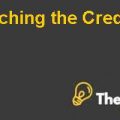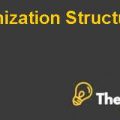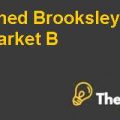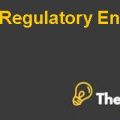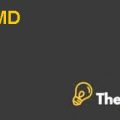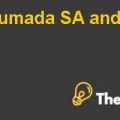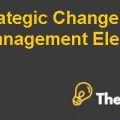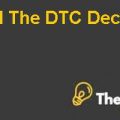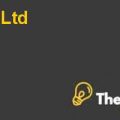Teletech Corporation,1996 Case Study Analysis
Question no. 4: Do you agree that “all money is green”? What is the implication of this view? What are the arguments in favor? What are the arguments opposed to it?
I do not believe that “all money is green.” Believing “all money is green” is in the support of the view that Teletech should remain using one hurdle rate for all their divisions. Helen Buono supports this view because she takes on the perspective of the investors and how they feel about receiving less dividends and a decrease in their stock valueif the firm uses multiple hurdle rates.Buono does not take into considerationthe risks takenif all of the firm’s capital is invested into one segment of Teletech, simply because it returns more than the corporate hurdle rate. Investing all of the money into the segment that produces the best returns is the goal, but the risk of the investment must also be considered. Her view contradicts her idea that “all our stockholders want is for us to invest our funds wisely in order to increase the value of their stock,” because using a single hurdle rate for investments in different markets is not the wisest choice to be made.Rick Phillips believes that Product and System needs to have its own hurdle rate to reflect its riskier nature, so that the less risky segment, Telecommunications services, can borrow at a lower rate. If the firm uses risk-adjusted hurdle rates, then each segment’s risk would be measured independently, and no segment would be penalized with a higher rate of return on additional funds. “All money is green” basically implies that the executive managers are not concerned with the capital mix, which needs to be altered, so that every division can receive a fair and accurate funding.
Question no. 5: Has Product and Systems destroyed value? What evidence or illustration can you give to support your opinion?
To determine if Products and Systems is destroying the value of the company; we were able to calculate the value by using EVA=Capital*(ROC-WACC) and comparing the relationship between the return on capital and the weighted-average cost of capital.The Economic Value Added (EVA) shows that Products and Systems’ segments is destroying the value for the company at $-64,955,266.91. Also, when comparing the Return on Capital with the WACC, it is again evident that Product and System segment is destroying value as indicated by the relationship implication. It is stated that if the ROC is less than the WACC then thevalue is being destroyed.
Question no. 6: What should Teletech say in response to Victor Yossarian?
Teletech should admit that Victor Yossarian was correct in his assessment of the Products and Systems’ segment. As illustrated in the previous answer, the Products and Systems segment is actually destroying some of the firm’s value. On one hand, from an investment standpoint, it might make sense to sell off the Products and Systems segment of the business and redirect all invested assets towards the Telecommunications segment, which creates more value for the investors. However, given the competitive nature and recent merging of all three industries: telecommunication, computers and equipment; Teletech corporation should keep its Product and System segment since this part of the business is helping the company to remain competitive, which willprove to be the driving force of its future success..................................
This is just a sample partical work. Please place the order on the website to get your own originally done case solution.

